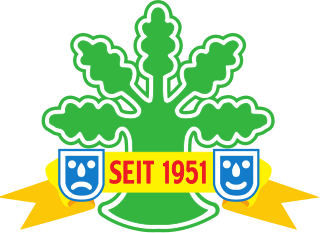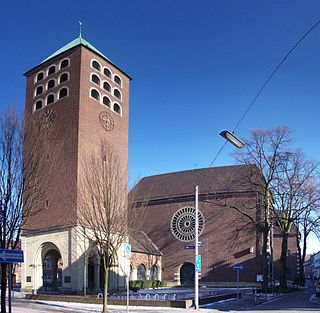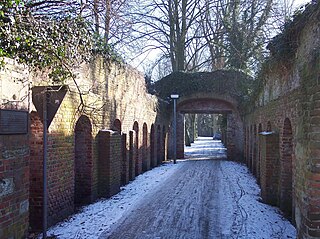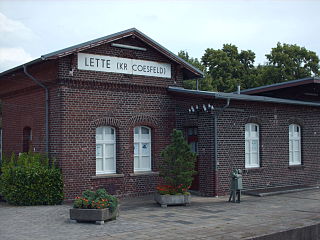10 Sights in Coesfeld, Germany (with Map and Images)
Legend
Welcome to your journey through the most beautiful sights in Coesfeld, Germany! Whether you want to discover the city's historical treasures or experience its modern highlights, you'll find everything your heart desires here. Be inspired by our selection and plan your unforgettable adventure in Coesfeld. Dive into the diversity of this fascinating city and discover everything it has to offer.
Sightseeing Tours in Coesfeld1. Jesuitenkirche
The Jesuit Church of St. Ignatius in Coesfeld was the church of the college and grammar school church of the Nepomucenum, which was run by Jesuits. Later, it was a simultaneous church for about one hundred and fifty years and is now the Protestant parish church of Coesfeld.
2. St. Jakobi Kirche
St. Jakobi is a Roman Catholic former parish church in Coesfeld. It is somewhat younger than the St. Lambert's Church, from which it was parish at the end of the 12th century and to which it has belonged again since the end of 2007. The former parish area included the south-western city centre, the adjacent urban area and the farming community of Flamschen. St. Jakobi is located on Letter Straße in the south of Coesfeld's old town.
3. Walkenbrückentor
The Walkenbrückentor is the last of the former six city gates of the former Coesfeld city wall. It is located on Mühlenplatz directly at the entrance of the Berkel into the city, where the flood is diverted into the city moat on the promenade at a barrage.
4. Ehemalige Synagoge
The former synagogue in Coesfeld, a town in North Rhine-Westphalia in the western Münsterland, was inaugurated as a Jewish place of worship in 1810. From 1966 to 2012 it served as a place of worship for the Coesfeld Baptist congregation. The synagogue is located at Weberstraße 7. The building is a listed building.
5. Haus Loburg

Haus Loburg is a man's house from the 16th century in the Sirksfeld farmer near Coesfeld in North Rhine-Westphalia. It is an age, surrounded by a grob, whose roots are supposed to go back to the times of Charles of the Great. 1550 to 1560 the property was built by the Westphalian nobility family of Graes and remained family -owned for more than three centuries.
6. Tonnengewölbe der ehemaligen Ludgerusburg
The Ludgerusburg is a razed star-shaped citadel in the north of Coesfeld in North Rhine-Westphalia, whose construction and destruction took place in the second half of the 17th century. It was the sovereign residence of Christoph Bernhard von Galen, which was named after St. Ludgerus, the first bishop of the diocese of Münster.
7. Anna-Katharina-Emmerick-Haus
The Anna-Katharina-Emmerick-Haus is a reconstruction of the birthplace of Blessed Anna Katharina Emmerick at its original location and a memorial site set up as a museum. It is located in the farming community of Flamschen, which belongs to Coesfeld, and has the postal address Emmerickweg 20.
8. Freilichtbühne Coesfeld

The Coesfeld Open-Air Theatre is an open-air theatre in the Coesfeld district of Flamschen. The natural stage, built in 1951, now offers space for 650 spectators and is operated by the association of the same name, Freilichtbühne Coesfeld e.V. Performances of amateur theatres and musical events take place there.
9. Alter Bahnhof Lette
Lette (Kr Coesfeld) (German: Bahnhof Lette (Kr Coesfeld)) is a railway station in the town of Lette, North Rhine-Westphalia, Germany. The station lies on the Dortmund–Enschede railway and the train services are operated by Deutsche Bahn.
10. St. Johannes Baptista
The Roman Catholic, listed parish church of St. John the Baptist is located in Lette, a district of the district town of Coesfeld in the Münsterland, a region of North Rhine-Westphalia. The church belongs to the parish community of Coesfeld in the deanery of Coesfeld of the diocese of Münster.
Share
Disclaimer Please be aware of your surroundings and do not enter private property. We are not liable for any damages that occur during the tours.







